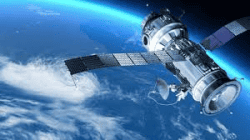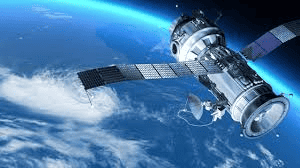Did you see the SpaceX mission launch on 30th may? It was a first for space travel as a commercial company funded the project in its entirety for the first time and the Kennedy Space Centre lit up once again as man travelled to the International Space Centre. It is an incredible sight watching the rockets take the men on their mission. But did you know that similar rockets are used to launch a satellite into space?

These rockets need to be meticulously designed and often Bending Machines like the ones from https://www.cotswold-machinery-sales.co.uk/ehrt/bending-machines/ are used to get the required shapes in the panels.
Most satellite launches start with the rocket aimed directly straight upwards. This enables the rocket to punch through the thickest part of the atmosphere quickly and keeps fuel consumption to a minimum. Once the rocket has been launched, the mechanism for controlling the rocket comes from an inertial guidance system. This is able to make calculations to adjust the nozzle of the rocket to keep it on its programmed flightpath.

Most rockets are programmed to travel east due to the earth’s rotation being in an easterly direction, thus providing the rocket with a handy boost. The power of this boost depends on the rotational velocity of the planet where the rocket was launched. The best boost is achieved by launching at the Equator where rotation is fastest. The boost that can be achieved is around 144mph.
At around 123 miles up, the rocket hits thinner air and it’s here that the navigation system launches some small rockets to turn the main rocket onto its side in a horizontal position. This is the point where the satellite is released. Small rockets are fired again to ensure complete separation between the main rocket and the satellite. This is the process that occurs to get that satellite into orbit, so you can benefit from all the features of your GPS.

